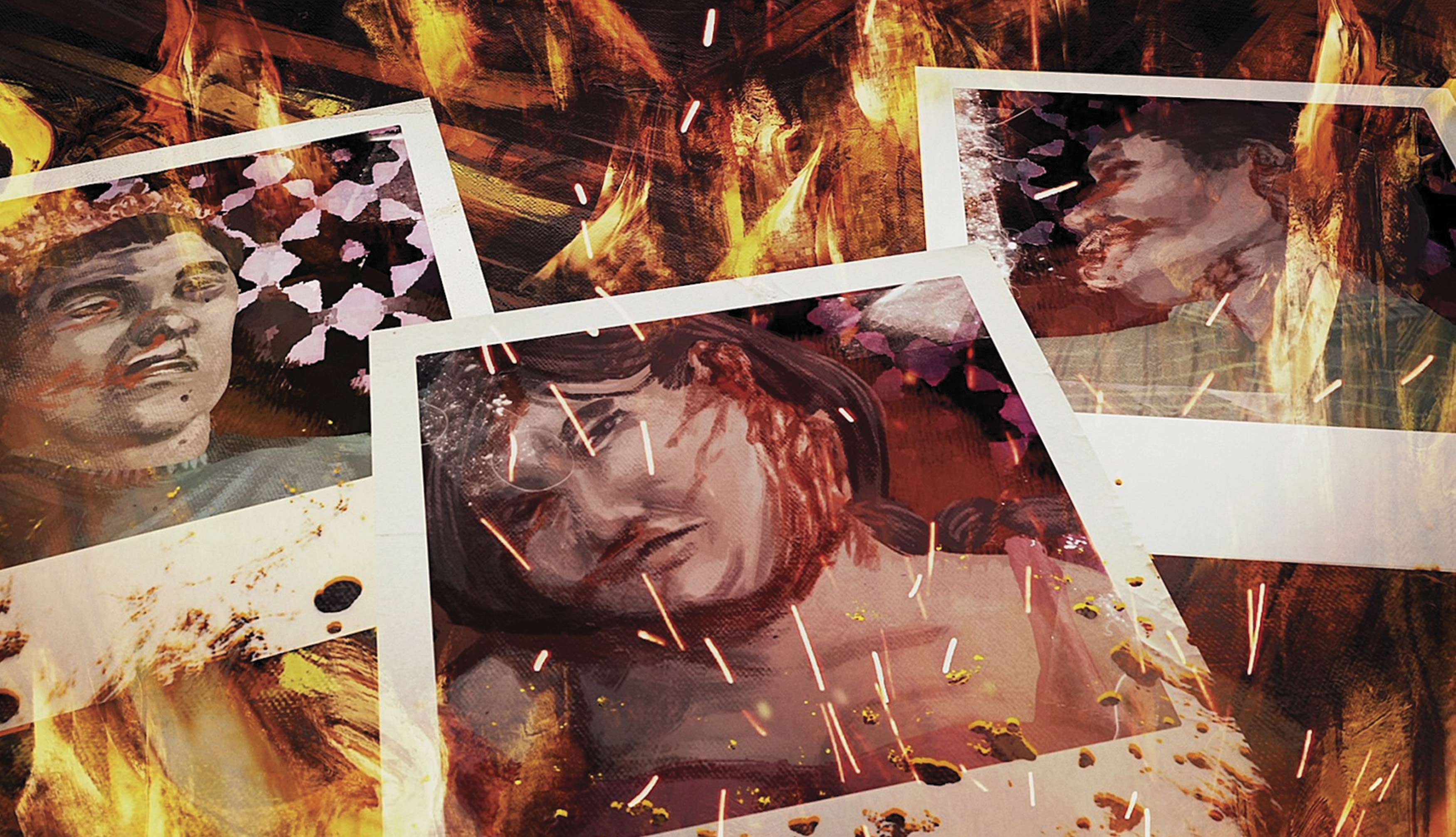Political upheaval is not something new in Colombia. For more than five decades, Colombians have experienced high levels of corruption in the government, the infiltration of drug trafficking into political life, continuous violations of human rights, and an armed conflict with more than 8 million victims. In Colombia, as in other Latin American countries, cultural production has been a powerful instrument to expose, discuss, and configure critical positions about sociopolitical issues. In spite of its marginal position in the audiovisual field of Colombia, animation is making a significant contribution to such efforts, especially in the subversion of official narratives and images that have been disseminated by mass media and institutional rhetoric.
Although satire was used as a form of political commentary, especially in the 90s (mainly in TV shows), recent animation uses more complex ways of addressing politics. The intention, in many recent productions, is to create active spectators who can question domesticated versions of reality, and also who can identify themselves as part of a collective directly affected by war, corruption, and violence. This approach to politics and social reality is not exclusive to animation, but a trend in contemporary cinema and art that is linked to wider efforts toward the creation of awareness and the reconstruction of collective identities and memory in a context of continued social trauma.
Because of its inherent hybridity—which allows for the manipulation of complex narratives and perspectives—and because of its affective potential, animation has proved to be a powerful form of symbolic intervention in the political sphere. In particular, in this post I will reflect on the use of animated documentaries as one of the multiple strategies used by Colombian animators to discuss sociopolitical issues.
Animated TV series using documentary audio and visual materials have become valuable spaces for exposing wide audiences to sociopolitical realities that are difficult to assimilate. Las niñas de la Guerra (Girls of War, 2016, by Jaime César Espinosa, Canal Señal Colombia) and Sabogal (2015, by Sergio Mejía and Juan José Lozano, Canal Capital) are two examples of this trend. Produced by independent animation firms and sponsored by public TV channels, these series combine animation techniques from drawing, to rotoscope, to 3D and motion capture in order to draw public attention to non-official versions of well-known facts or to show facts that have never been seen in the news, soap operas, or other mass media.
Through the figure of a Human Rights Lawyer, Sabogal recounts traumatic events of the recent history of Colombia. Massacres perpetrated by the paramilitaries, the assassination of social leaders, and the corruption and negligence of high-level officials are recreated through animated sequences combined with TV and audio archival materials. Las niñas de la guerra is, instead, a collection of testimonies from young women who were members of the guerilla when they were younger. Through bright colors and warm sounds each short episode shows a personal story of war. The visuals emphasize elements related to childhood and not to war, such as dolls, games, and feelings like excitement and fear, which creates a common space between Colombian girls in general and “ex-guerrilleras” that is absent in the social imaginary.
In both of these televisual products animation allows several operations that are not possible for other media. Firstly, it creates a new audiovisual reality with different colors, sounds, and atmospheres that allow a reinterpretation of the same facts people have repeatedly seen on TV. In this way, animation promotes awareness toward realities that have been domesticated through repetition, and challenges stereotypes created in a polarized society. Secondarily, animation makes possible the non-violent presentation of violence and oppression, through symbolic and technical resources that allow spectators to look and listen without being expelled. This opportunity for presence opens a space for a new perspective and a renewed awareness toward sociopolitical realities. Finally, animation can intervene on the rhythms and affective content of the reality being presented. These series transform the rhythms of critical events, thus allowing spectators to inhabit them and, while in that space, to process and reflect.
Documentary animation is just one example of how Colombian animators are engaging political spaces. Indeed, through the approach I’ve briefly outlined here and many others animation is contributing to the reconstruction of social bonds, the shaping of critical citizenships, and the dismantling of monolithic versions of history.
Lina X. Aguirre is a Colombian independent scholar and curator. She received a PhD in Latin American cultural studies with specialization in visual culture and cultural theories from Ohio State University, and a Masters degree in Latin American literature from Pontificia Universidad Javeriana in Bogotá. Her research focuses on Latin American contemporary visual arts, film and experimental animation, especially on subjectivities and affect, and the cultural aspects of globalization. Since 2014 she is part of the curatorial and critical project Moebius Animación, dedicated to the dissemination and study of Latin American experimental animation. She currently lives and works in Athens, Georgia.

